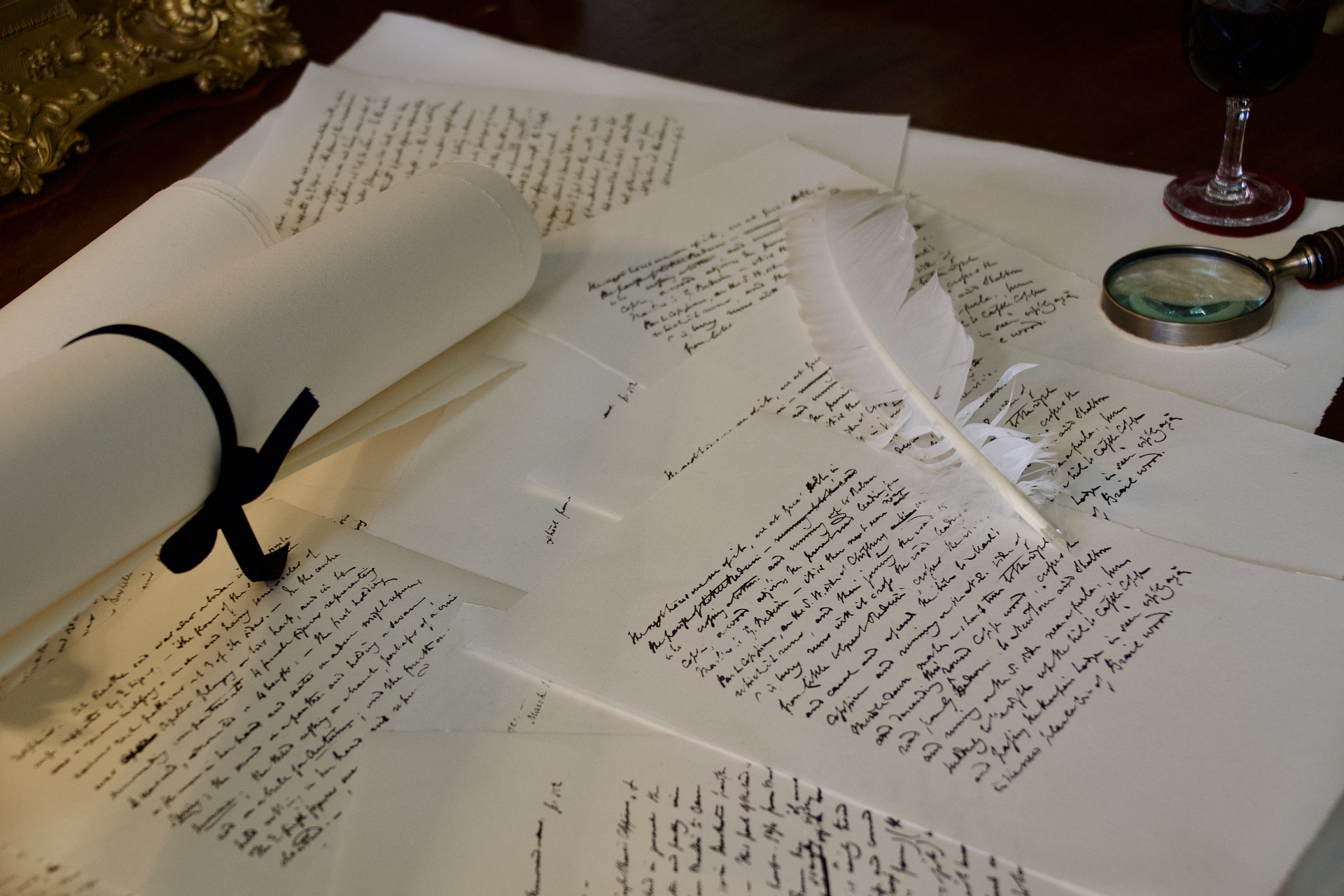I’ve written in the past about St Dunstan, usually in May, because he died on 19th May 988 (1035 years ago this month). He was formally pronounced to be a Saint, or canonised – to use the correct term – in AD1029. The Synod of Winchester that year ordered that St Dunstan’s feast was to be kept solemnly throughout England. However, despite it taking 41 years for the church to formalise his title, it appears that he was regarded as a Saint by the English people within a very short time of his death. Certainly, he was an influential man – formerly Abbot of Glastonbury, Bishop of Worcester, Bishop of London and finally Archbishop of Canterbury. Furthermore, in addition to these clerical titles, he was also effectively the Prime Minister and senior advisor to several kings. He was at the Royal Court pretty much constantly from the reign of Æthelstan (the grandson of Alfred the Great and the first “King of All England”) to the beginning of the reign of Æthelred the Unready who hated him. Dunstan had publicly criticised Æthelred for seizing the throne following some degree of involvement in the assassination of his brother! By way of a side note, Æthelred’s nickname doesn’t mean what we might assume. His name “Æthelred” means “well advised”, and the nickname was a pun on this – “Unræd” meaning “poorly advised” rather than “unready”. Certainly, his reign was not a patch on that of his murdered brother, Edward the Martyr, and some historians regard Æthelred’s legacy as having been disastrous. Perhaps if he had listened to Dunstan and heeded his advice, things would have been better!
The reason I have chosen to mention Dunstan in this letter is related to his assistance to one of the other kings – Edgar the Peaceful (father of Edward and Æthelred), who was very popular throughout his 16-year reign. He came to the throne in 959 but, for reasons which are unclear to historians, he was not crowned until 973 – more as a celebration of a successful reign than as the inauguration of a new one. It was Dunstan who prepared the coronation service for him, and that service has formed the basis of all the coronation services that have followed ever since, right up to the coronation of Queen Elizabeth II in 1953. As I write this, the coronation liturgy for King Charles III has not been made public, but I understand despite some hints that it might be otherwise, it is likely to be largely unchanged once more.
I think on balance that this is a good thing. I like to use new hymns and songs in worship, and I prefer to use a version of the Lord’s Prayer in modern English than suddenly lapsing into the language of the 15th century in the middle of an otherwise contemporary liturgy, but there is something to be said for continuity and tradition, especially with solemn occasions. Some of the best hymns are some of the oldest, and very often, the ancient prayers, crafted so carefully by Cranmer and others, are crammed with richer and deeper theological content than those produced by the “Liturgical Commission” in more recent days. I confess I am looking forward to hearing Dunstan’s prayers from a millennium ago once more echoing off the walls of Westminster Abbey as Charles makes his solemn vows and we welcome him, formally, as our King. By the mercy of God, may he not be “Unræd”.
The Lord bless you and keep you. God save the King!
